In the 2016 Venice Biennale a new pavilion was introduced to represent the breadth of British art being produced by BAME artists, the Diaspora Pavillion. This pavillion was created because the creators believed there to be a lack of representation for BAME artists in British art and the whole point of a Biennale is to show the best your country has to offer.
The pavilion was within an old former palace, with two canals around it, 19 artists work were presented. This was an interesting idea because usually each pavilion is national, however the diaspora pavilion focused less on the artists nationality and more on their personal dysphoric experiences as people who identify as British but who have non British heritage. Barbara Walker, an artist who presented her work in the Diaspora Pavillion at the Venice Biennale 2016, for example produced large drawings of black soldiers who fought for Queen and Country in World War One, men who valiantly fought for their countries and yet proceed to be whitewashed out of British History or public memory/ national patrimony. British schools teach about the world wars but rarely about the BAME soldiers who also served and sacrificed therefore these brave and noble sacrifices are often forgotten and do not become part of British national patrimony. 1,440,500 men served from India, ‘134,000 travelled from other colonies, including some 10,000 from the Caribbean’ (Brennan). Even after the war many people from the Caribbean were invited to England to help rebuild the country and they did not come as immigrants but as British citizens. ‘Appearing to be not finished their bodies seem to fade into the white plaster.’ They too are forgotten, just like their sacrifices.
In the wake of the Windrush Scandal “Lest We Forget” takes on a new meaning.


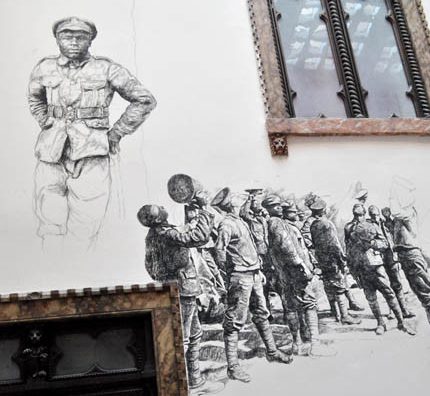

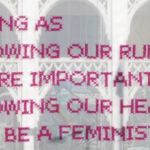
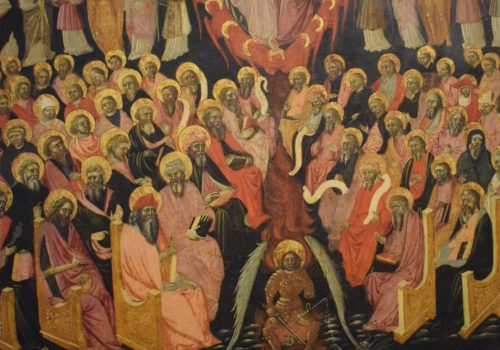
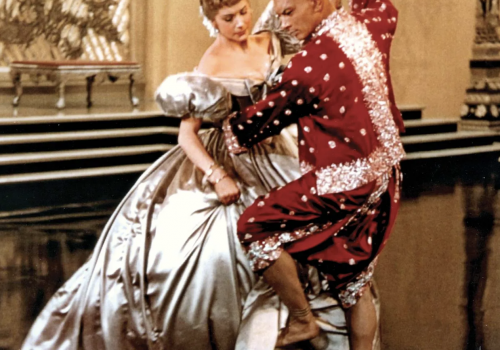
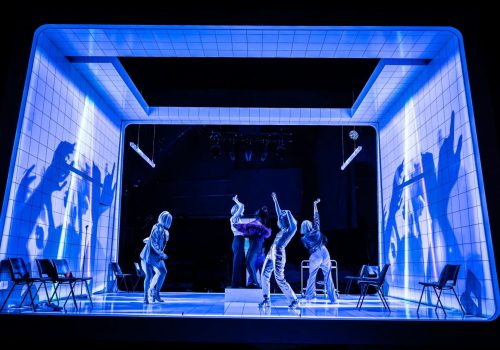

Leave a Reply